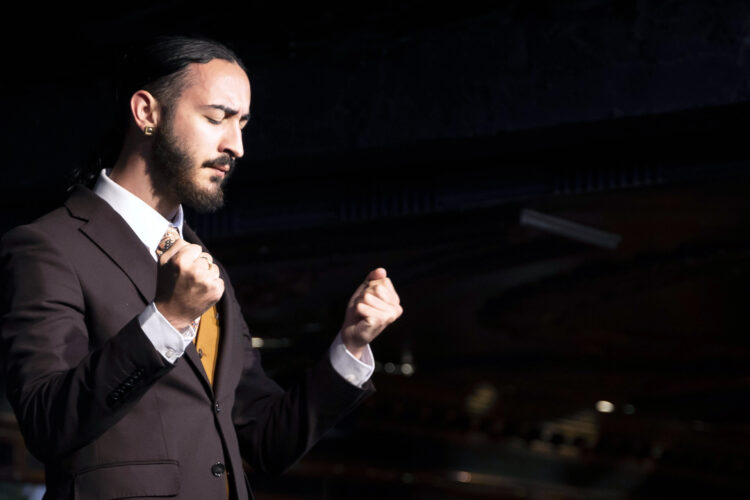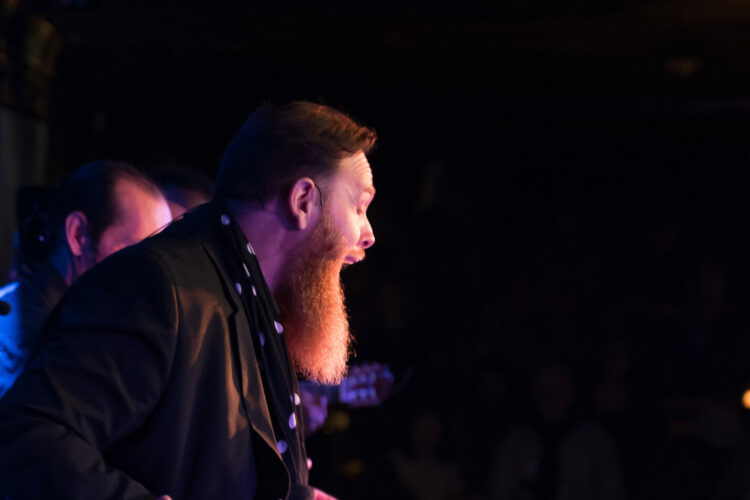
José Escarpín and his Guinness World Record at Tablao Flamenco 1911
The Guinness World Record of flamenco arrives at the oldest flamenco tablao in the world: Tablao Flamenco 1911.

There is a moment in a tablao that stops everything. It’s not a footwork sequence, nor a guitar strum. It’s a silence. And from that silence, a voice emerges that doesn’t sing — it cries, it whispers, it breaks. You’re listening to Cante Jondo.
But what does it really mean? Forget the academic definitions. Cante Jondo (or canto hondo, as it’s also searched) is the primal heartbeat of pure flamenco — raw truth without embellishment. And at Tablao Flamenco 1911, we believe that to truly feel it, you first need to understand the wound it comes from.
The name is no lie: jondo comes from hondo — “deep.” Its origin isn’t academic or formal. It was born in the streets, in the soil, in persecution, love, and death.
It’s the echo of centuries of history from the Andalusian-Gypsy people — a unique blend of Byzantine laments, Jewish psalms, and Arabic melodies. It’s the raw material of traditional flamenco.
If we speak of Cante Jondo with such reverence today, it’s largely thanks to one man: Federico García Lorca. Along with other greats like Manuel de Falla, worried that flamenco’s soul would be lost, he organized the legendary 1922 Cante Jondo Contest.
His Poem of the Cante Jondo, written the year before, was his manifesto. For Lorca, this singing was not music — it was “the tremor, the emotion, the living wound.” No better explanation exists.
Cante Jondo expresses itself through various palos (flamenco styles). To begin recognizing it, just learn its three pillars — three ways of naming pain:
Siguiriya: If death had a sound, it would be a Siguiriya. It’s the most tragic flamenco style. Harsh, dry, brutal.
Soleá: The serene, majestic solitude. There’s pain, but also an almost philosophical acceptance. The height of elegance in lament.
Taranto: A cante jondo that smells of the mines. Born in the darkness of Almería, amidst fatigue and dust. A song of labor, stripped of decoration.
You don’t need to be an expert. Your skin will tell you. But if you want a guide, next time you’re at a flamenco tablao in Madrid, tune in and look for this:
The Quejío: That opening “¡Ay!”. It’s not flair — it’s a wound turned into sound.
The Lyrics: No choruses here. Short, sharp lines. Popular poetry in its purest form.
The Singer: Watch them. Still, eyes closed, fully present. Their energy flows entirely through the voice. They’re not performing — they’re conducting a ritual.
Masters like Manolo Caracol and Antonio Mairena were some of the great cantaores who kept this flame alive. Today, that responsibility rests with the artists who dare to face these songs night after night.
And for such a pure art form, the stage matters. It needs a sanctuary — not a set. A place that honors silence.
At Tablao Flamenco 1911, our hundred-year-old stage honors that tradition. Here, cante jondo isn’t part of the repertoire — it’s the heart of everything.
Come feel the truth of Cante Jondo.
We await you where history and duende still go hand in hand.